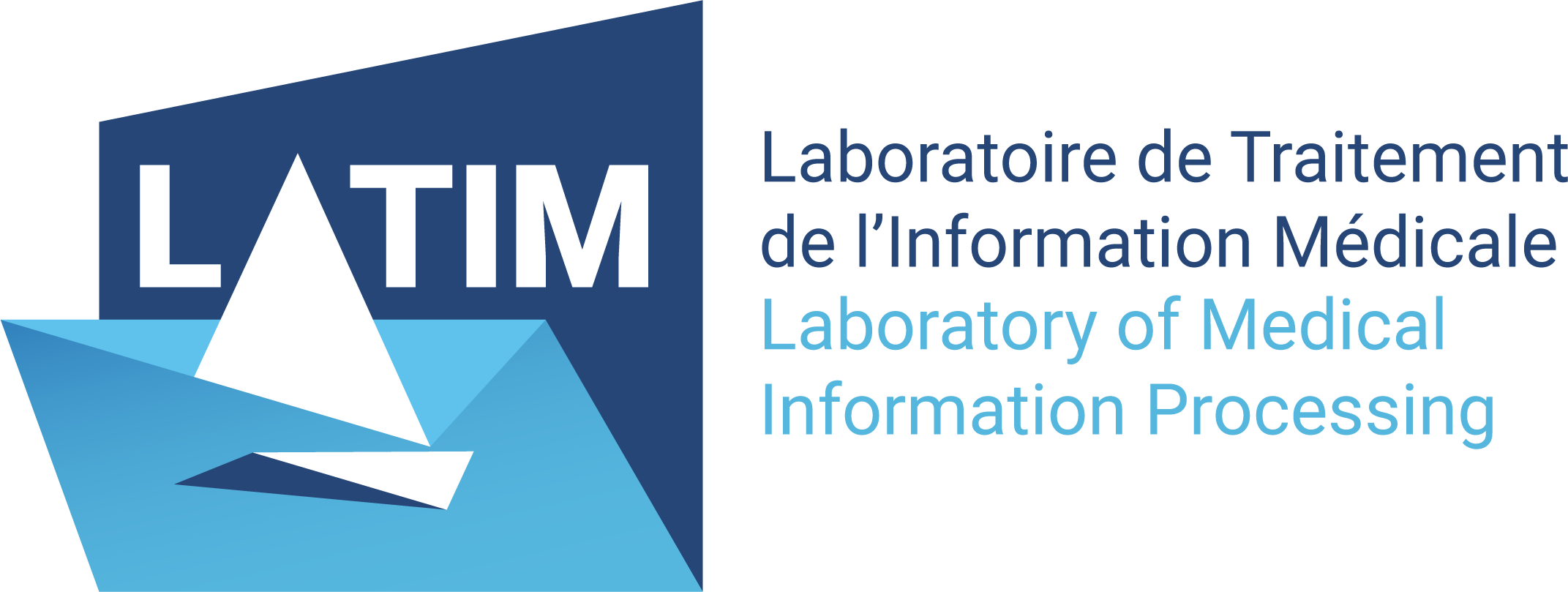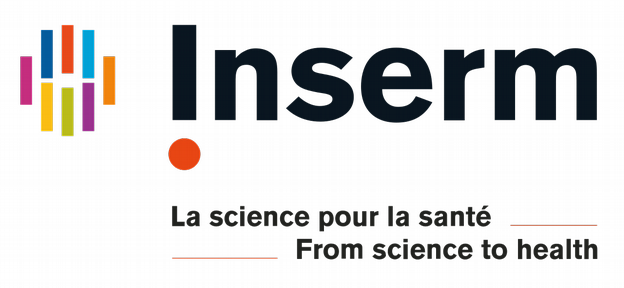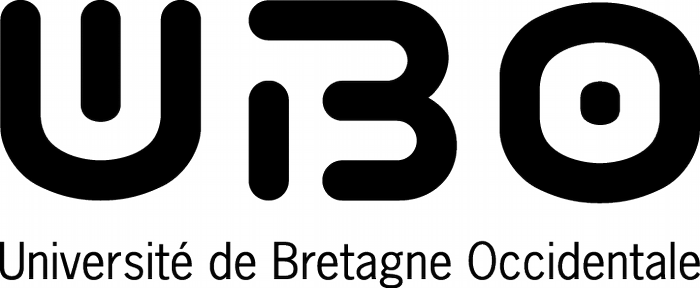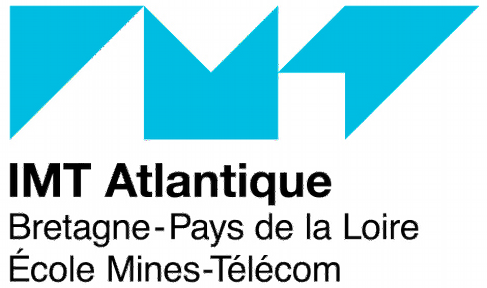RHU FollowKnee
Total Knee replacement surgery — also known as total knee arthroplasty (TKA) — can help relieve pain and restore function in severely diseased knee joints. TKA is one of the most common surgical procedure in orthopedics.
Therefore, TKA is at a turning point of its history: The healthcare system is facing a recent and massive expected demand coming from younger and more active patients.
The goal of the FOLLOWKNEE project is to propose a totally innovative workflow for total knee arthroplasty (TKA) as an answer to the changes in the demographic population for the next 20 years: Younger, more active but overweighed patients.
If you wish to support this project, you can do it via Innoveo by checking the box I want my donation to be assigned to the project: FOLLOWKNEE
Website: followknee.com
Marie Curie ITN PREDICT
PREDICT A new era in personalised medicine: Radiomics as decision support tool for diagnostics and theragnostics in oncology is a European Innovative Training Network funded within the Marie-Curie H2020 program. Its goal is to train 15 highly promising researchers in the emerging field of Radiomics and Big data, 2 of them being hosted in LaTIM. These ESRs will be trained to implement the automatic exploitation of large amounts of imaging data to drive decision-making algorithms that will guide diagnosis and treatment of different types of cancer and to develop ‘tumour-specific’ signatures integrated in multifactorial decision systems. The ESRs will become experts and innovators in Radiomics, Big Data and decision systems, which will allow them to bring unique solutions towards the clinic. PREDICT builds upon a strong consortium with 8 academic and 10 non-academic partners that are all pioneers in their respective field. Its budget is 3.9 M€.
Website: https://cordis.europa.eu/project/rcn/211911/factsheet/en
ANR FOCUS
Prostate cancer is by far the most common cancer for men. The search for improved solutions for the treatment of prostate cancer remains a major societal challenge. However, the current brachytherapy procedures are not fully exploiting the latest state of the art in dosimetry calculation, guidance and imaging capabilities, and thus do not yet meet the requirements for a robust treatment. The ambition of this project is to provide an innovative focal brachytherapy system, less invasive, with fewer side effects, in rupture with current brachytherapy procedures, capable of accurately irradiating very localized areas, while significantly decreasing the time of the intervention.
LaTIM is the main investigator for this project.
Website: anr-focus.univ-brest.fr
ANR OptimiX
The use of X-rays for medical purposes is associated with an inherent risk of exposing patient, interventional radiologists/surgeons and supporting medical staff members to harmful ionizing radiation. Studies have reported a considerable amount of unnecessary exposures resulting from a lack of awareness, a reduced concern of long-term exposure risks and a poor knowledge of the behavior of ionizing radiation. The overarching goal of OptimiX project is to improve the overall radiation safety of patient and clinical staff by (i). developing novel approaches for fast and accurate radiation simulation, (ii). propose methods for optimizing an X-ray imaging device configuration to minimize the delivered dose (iii). developing radiation awareness systems using Augmented/Virtual Reality visualization to facilitate teaching, in an engaging and intuitive manner, on the behavior of ionizing radiation and the best use of protective measures.
LaTIM is the main investigator for this project.
Website: anr-optimix.univ-brest.fr
INNOVEO CUPIDON
Prostate cancer is by far the most common cancer for men. Constant improvement of prostate cancer diagnostic tools allows detecting highly localized and small tumors at early age. However, patients with low-risk localized prostate cancer often find themselves faced with a difficult decision: no curative treatment (active surveillance) or curative treatment with sometime non-negligible side effects (brachytherapy). One new promising solution is the Targeted Brachytherapy, which is a localized treatment, with the objective of treating the cancer while preserving the quality of life of the patient. The ambition of CUPIDON is improving this new protocol and showing clinically for the first time the improvement of this promising treatment.
If you wish to support this project, you can do it via Innoveo by checking the box I want my donation to be assigned to the project: CUPIDON
Early Habit-ILE
Functional, neuroplastic and biomechanical changes induced by early Hand and Arm Bimanual Intensive Therapy Including Lower Extremities (HABIT-ILE) in pre-school children with uni-and-bilateral cerebral palsy: a European project.
The primary objectives of this study are to evaluate the effect of two weeks of early HABIT-ILE on bimanual performance in pre-school children with unilateral CP (Randomized Controlled Trial 1=RCT1, N=50 children) and on gross motor function of children with bilateral CP (RCT 2, N= 50 children), in comparison with two weeks of usual motor activity including usual rehabilitation (control group). The primary outcome measures will be the difference in Assistive Hand Assessment (AHA) and Gross Motor Function Measure (GMFM) between base line and at three months.
ANR MAIA
The methodological purpose of this project is to develop innovative and robust solutions to analyze preterm brain signal / image data, with the applicative purpose of designing efficient tools for improving our understanding of neurodevelopment.
Website: http://recherche.imt-atlantique.fr/maia/
Neonatal Stroke
This project aims at providing new major insights into early brain development mechanism exploiting the joint use of physics-based growth models and medical image analysis. Our primary objective is to develop new tools and methods for the understanding of brain maturation and the a posteriori detection of abnormal critical events such as neonatal stroke that can lead to cerebral palsy or epilepsy.
POPB TOX
In children population with obstetrical brachial plexus palsy (OBPP), shoulder musculoskeletal deformity is the main cause of morbidity, with a loss of range of shoulder motion, pain and a reduction in social participation. Some uncontrolled studies shows that early injections of botulinum toxin (BTI) in the internal shoulder rotator muscles (which cause the deformity) are one of the most promising treatment for the prevention of bony deformity.
The main objective of this study is the evaluation of the effectiveness of BTI in the internal shoulder rotator muscles at the age of 12 months in preventing an increase in posterior subluxation of the glenohumeral joint in babies with OBPP (evaluated at the ages of 11 months and 18 months), compared to the Sham group.
Marche DMD
Duchenne's disease is the most common neuromuscular disease of children (it affects about 200 new boys per year in France). This genetic disease is associated with progressive muscle degeneration of all the muscles of the body. Children with this condition usually lose walking before they are 13 years old. The studies carried out so far have not made it possible to identify the biomechanical and morphological elements (muscular weakness, muscle retractions, imbalance between the muscles, muscle volume) most involved in the loss of walking of these children.
We will follow 40 children affected by this disease (gait analysis, muscle strength, functional tests, muscle MRI). Identifying the factors associated with loss of motor skills will improve the monitoring and management of children but also guide therapeutic trials.
If you wish to support this project, you can do it via Innoveo by checking the box I want my donation to be assigned to the project: DMD



